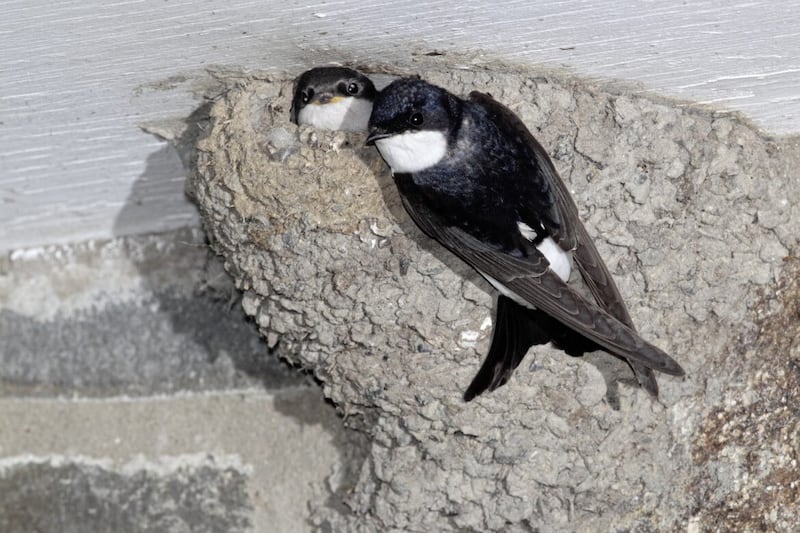I was interested to learn recently of a new addition to Ireland's fauna, the alpine newt, from an article about the 'Beautiful but deadly alpine newt discovered in three Irish counties' (Sunday Independent, March 27).
Scientists have found the invasive species in three Irish counties - Offaly, Tipperary and Down - and are warning of its "potential to have a detrimental impact on local biodiversity" as a competitor to our native species the smooth newt.
It is also feared the new arrival could transmit the disease chytrid to all three of our amphibians: the common frog, natterjack toad and smooth newt.
Caused by a fungus, the infectious disease is thought to have wiped out many amphibian species across the world.
Alpine newts, probably introduced here as pets before individuals escaped into the wild, are brownish green above with dark spots along their sides and tail.
Underneath, the bright orange belly and throat lack any spots, unlike our native newt which has black spots right across its underparts.
Our only species, also known as the common newt, will already be on the march towards still ponds, ditches and other waterlogged areas to breed and feed on shrimps and frog tadpoles through the summer.
Before this, during the winter months these lizard-like creatures will have been hibernating on land, under wood piles, in stone walls or other damp secluded spots, coming out occasionally to feed on worms and slugs.
In the breeding season the male newt develops a crest the length of its body and tail, which helps attract a female, before the elegant courtship ritual in water, where the male swims in front of the female, quivering its tail before depositing sperm on the floor of the pond, which the female will then pick up for internal fertilisation.
She in turn will lay individual eggs, possibly a few hundred, wrapping each one inside different plant leaves, from where feathery gilled newt tadpoles will emerge some weeks later to begin a carnivorous lifestyle like their parents.
Resembling miniature dragons, it's not surprising newts are immersed in lore and folktales.
Irish for the amphibian, 'alp luachra', translates as 'a ferocious little creature', one which finds its way into a spell of witchery in Shakespeare's Macbeth, with the chanting words:
''Eye of newt, and toe of frog...
For a charm of powerful trouble,
Like a hell-broth boil and bubble.
Double, double toil and trouble;
Fire burn, and cauldron bubble."
In Ireland most tales concerning the newt, known as 'mankeeper' in rural areas, centre on the animal's gruesome habit of creeping down the throat of anybody sleeping open-mouthed close to water.
Entering the human stomach, the newt and its offspring live as parasites feeding on ingested food, starving the host, the only cure, a meal of salty bacon, forcing the thirsty creatures all the way out of the person's mouth into nearby water.
Alternative versions written by schoolchildren in 1930s Ireland are presented in original pupil exercise books in The Schools' Collection, local folklore stories digitised as part of the National Folklore Collection, UCD.
Alpine newts, native to central Europe, were first recorded in England as far back as the 1920s and have become widespread there, joining its three native species - the smooth, palmate and great crested newts.
In relation to England and Scotland, herpetologist and PhD student Steven Allain says: "At the moment there is limited evidence to suggest impacts of alpine newts on native amphibian species."
Given Triturus vulgaris is Ireland's only native newt, it's important we monitor closely our new arrival to avoid the witches' "Double, double toil and trouble...".








